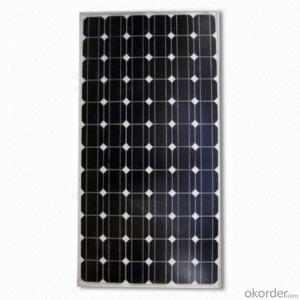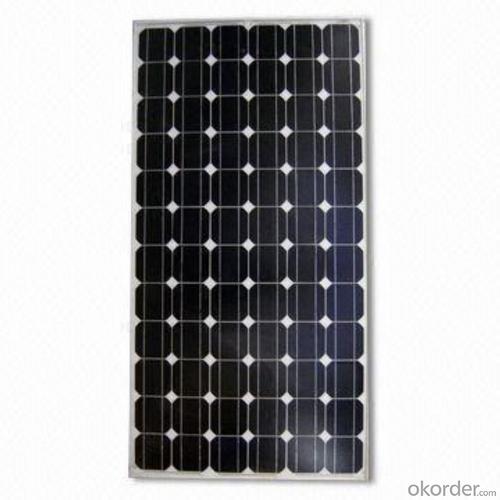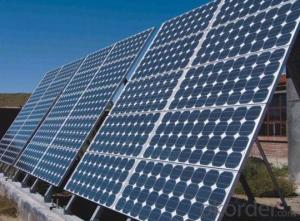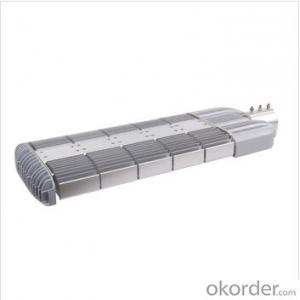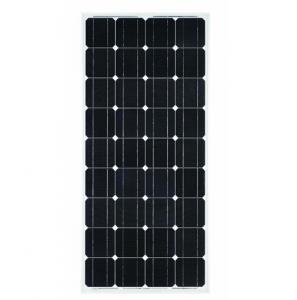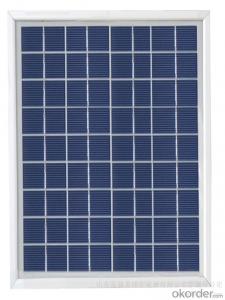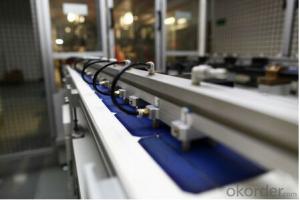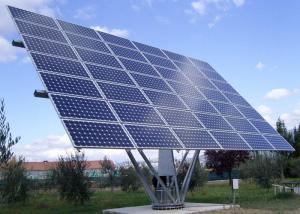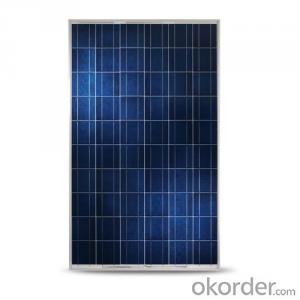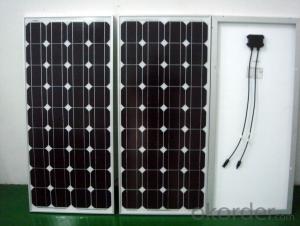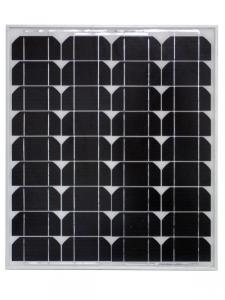Non Roof Solar Panels 250w with TUV IEC MCS CEC IDCOL SONCAP Certificates
- Loading Port:
- Shanghai
- Payment Terms:
- TT OR LC
- Min Order Qty:
- 1000 watt
- Supply Capability:
- 100000000 watt/month
OKorder Service Pledge
OKorder Financial Service
You Might Also Like
- TUV IEC, MCS (UK), CE, CEC (Australia), INMETRO, IDCOL, SONCAP CERTIFIED
- [EU ANTIDUMPING DUTY-FREE]
- PROFESSIONAL SOLAR PANEL MANUFACTURER SINCE 2004
FEATURES
`Long Service Life
`High Efficency Solar Cells
`Special Aluminum Frame Design
`High Transmission,Low Iron Tempered Glass - TUV IEC, MCS (UK), CE, CEC (Australia), INMETRO, IDCOL, SONCAP CERTIFIED
- [EU ANTIDUMPING DUTY-FREE]
- PROFESSIONAL SOLAR PANEL MANUFACTURER SINCE 2004
FEATURES
`Long Service Life
`High Efficency Solar Cells
`Special Aluminum Frame Design
`High Transmission,Low Iron Tempered Glass
`Advanced Cell Encapsulation
APPLICATIONS
`Solar power stations
`Rural electrification, Small home power systems
`Power supply for traffic, security, gas industry
`12V and 24V battery charging system
`Other industrial and commercial applications
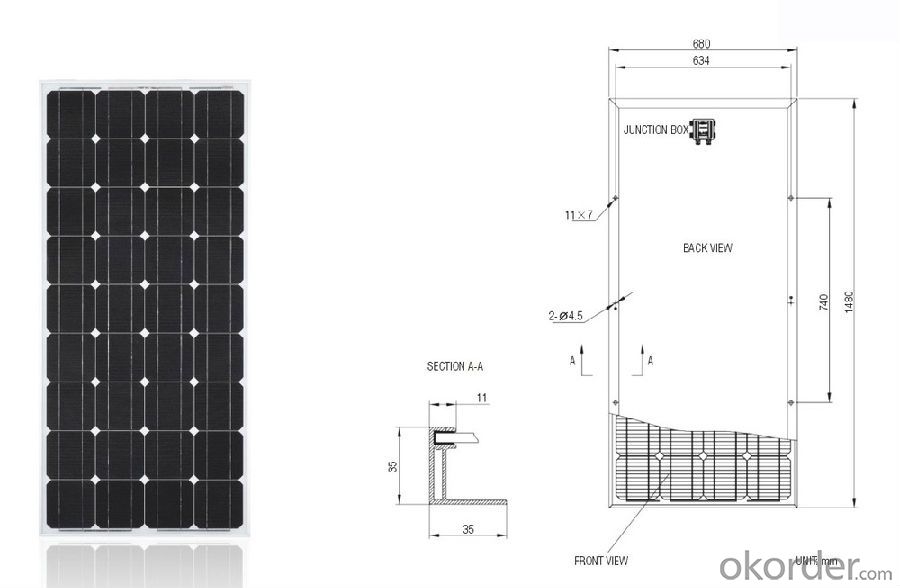
| ELECTRICAL CHARACTERISTICS | |||||||
| Model Number | KM(P)230 | KM(P)235 | KM(P)240 | KM(P)245 | KM(P)250 | ||
| Maximum Power as per STC | Pmax(W) | 230 | 235 | 240 | 245 | 250 | |
| Power Tolerance | % | ±3% | |||||
| Maximum Power Voltage | Vm(V) | 30.48 | 30.6 | 30.66 | 30.98 | 31.29 | |
| Maximum Power Current | Im(A) | 7.6 | 7.68 | 7.83 | 7.91 | 7.99 | |
| Open Circuit Voltage | Voc(V) | 36.6 | 36.72 | 36.84 | 37.38 | 37.5 | |
| Short Circuit Current | Isc(A) | 8.17 | 8.23 | 8.32 | 8.42 | 8.5 | |
| Maximum System Voltage | VDC | 1000 | |||||
| Cell Efficiency | % | 15.8 | 16.1 | 16.4 | 16.8 | 17.1 | |
| Module Efficiency | % | 14.1 | 14.4 | 14.7 | 15.0 | 15.3 | |
| Cells per Module | Pcs | 60 | |||||
| Cell Type | Polycrystalline silicon | ||||||
| Cell Size | mm | 156 x 156 | |||||
| Bypass Diodes | Pcs | 12Amp, 6 pcs | |||||
| Max. Series Fuse Rating | A | 15A | |||||
| Temperature coefficient of Isc | %/°C | 0.05 | |||||
| Temperature coefficient of Voc | %/°C | -0.35 | |||||
| Temperature coefficient of power | %/°C | -0.47 | |||||
| NOCT- Nominal operating cell temperature | °C | 47 ± 2 | |||||
| Operating Temperature | °C | -40 ~ +85 | |||||
| MECHANICAL CHARACTERISTICS | |||||||
| Dimensions | mm | 1650 x 990 x 50 | |||||
| Weight | Kg | 19.8 | |||||
| Type of Junction Box | TUV certified, IP65 | ||||||
| Cable Type, Diameter | TUV certified, 4mm2, 90 cm in length | ||||||
| Connector | compatible to Type 4 (MC4) | ||||||
| Tempered Glass | 3.2 mm, high transmission, low iron | ||||||
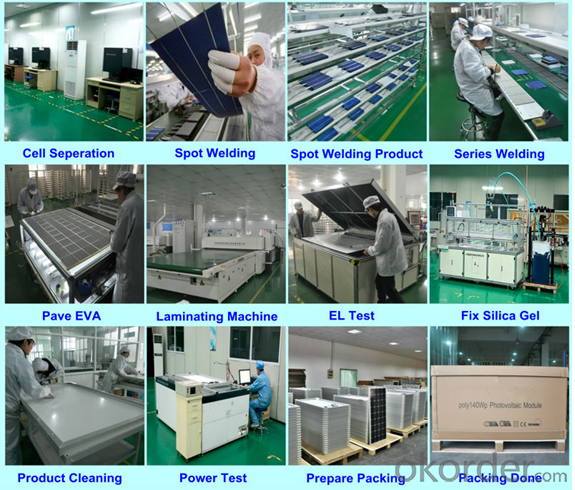 Packing
Packing
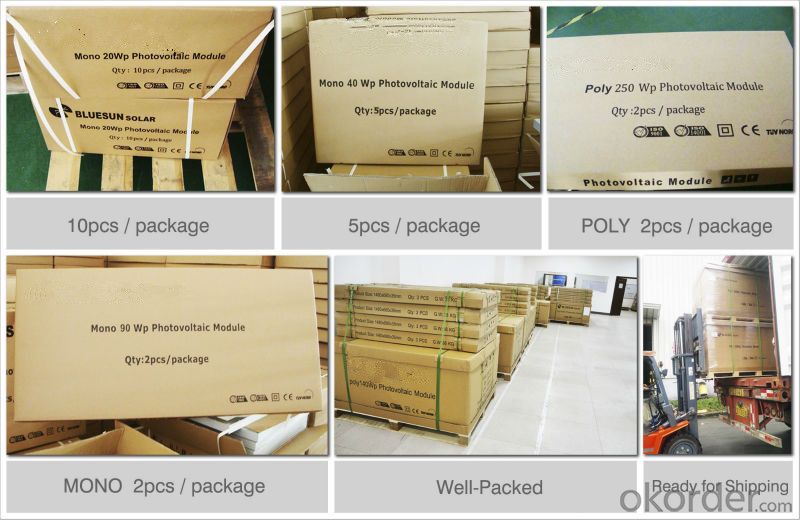
FAQ
1. What kind of Solar Cells does it have
---poly crystalline 156*156mm and 125*125mm or mono 125*125mm and 156*156mm
2. Is the front panel Glass or Plastic
---Tempered glass 3.2mm thickness or adjust to what you need, Light transmittance up to 95%.
3. Does it meet Europe Standards for Solar Energy
---This is TUV approval products, all the producing procedure apply TUV&UL.
4. What is the Efficiency level
--- Between 16-18.9% for solar cells.
5. What is the Nominal Voltage
--- 18v 20v 24v 36v 30v 48v , and so on, we can adjust to what you need.
6. What is the Warranty Period, How many years?
Power efficiency warranty:
---90% in 10 years; 80% in 25 years.
- Q: My house is aligned exactly North-South, so I have no roof facing South. Is it worth installing solar panels? Are there any good options for dealing with this situation?
- Several options: The panels could be mounted on the ground. We mount panels on a roof because they are out of the way but it is not the best choice. The highest output (and most expensive) choice is to mount the panels on the ground fixed in a heliostat (sun tracking mechanism) Far better if the panels are on the ground where they can be more easily cleaned to promote top efficiency. If you have the room they can be mounted in an angled array. Panels can be mounted on the side of a house or on the roof using racks to position the panels properly. We usually say that if we can get the panels within 5 degrees of due south it is sufficient. You could even mount the panels flat onto the side of a house and use mirror mounted heliostats to reflect sunlight to them. All of these options will be more expensive than a perfectly oriented home. There are also other alternatives for producing electricity, conserving electricity through energy savings, or production of other forms of energy that offsets electrical usage. A site survey is the best way to determine this.
- Q: i am looking at installing some solar panels and a wind turbine for electricity.has anybody got one of these and how much do they save you?thanks
- Both wind and solar take many years to break even economically, even with government subsidies (Using someones hard-earned tax dollars for your use). If purchased and installed with your own money, they will never pay for themselves because they will need replacement long before you save enough to pay the cost.
- Q: if car companies install solar panels on cars, like in all the car were the sun can reach that would reduce the consumption of gas in the summer, and might save some energy for winter and if that energy is not enough they can use gas or electricity i think that would be a lot of savings, and less contamination i don't know that is my idea what do you people think?
- I have a panel that might be a square foot or so plugged into my cigarette lighter. It will run the radio and help with reducing the amount of time the alternator needs to run, but won't completely run the vehicle. If I had an electric vehicle, I'd want to coat any large surfaces with them. Still wouldn't completely run the vehicle, but every bit would help.
- Q: Can solar panels be installed on water treatment plants or utilities?
- Yes, solar panels can be installed on water treatment plants or utilities. In fact, many water treatment plants and utilities are increasingly adopting solar power as a sustainable and cost-effective energy solution. Solar panels can be installed on rooftops, open fields, or even on floating platforms over water bodies, providing clean energy to power the operations of these facilities.
- Q: Can solar panels be installed on windows or glass surfaces?
- Yes, solar panels can be installed on windows or glass surfaces. There are specialized solar panels designed specifically for this purpose, known as transparent solar panels or solar windows. These panels are designed to allow light to pass through while still generating electricity.
- Q: How do solar panels affect the property's energy management strategy?
- Solar panels can significantly impact a property's energy management strategy by providing renewable and clean energy. By harnessing the power of the sun, solar panels can reduce dependency on traditional energy sources, lower electricity costs, and promote sustainability. The excess energy generated by solar panels can be stored or sold back to the grid, further optimizing energy management. Additionally, solar panels can enhance a property's overall value and reputation, making it more attractive to environmentally conscious consumers.
- Q: Can solar panels be installed on boats or RVs?
- Yes, solar panels can be installed on boats or RVs. In fact, they are increasingly popular as a renewable energy solution for these mobile vehicles. Solar panels on boats and RVs can help generate electricity for various applications, such as powering appliances, lighting, or charging batteries. They provide a sustainable and cost-effective way to harness solar energy while on the move.
- Q: How do solar panels affect roof weight load?
- Solar panels can increase the weight load on a roof, but their impact is generally minimal. The weight of solar panels is usually evenly distributed across the roof surface, and most roofs are designed to handle this additional load without any issues. However, it is recommended to consult with a professional to assess the roof's structural integrity and ensure it can support the added weight of solar panels.
- Q: hey so im doing this project for my technology class and i was wondering what different colours solar panels can be. also is it possible to have kentic power as a back up power if batteries dont work? thx in advance
- Panels can come in a selection of colors, and trimmed in a variety of frames. Most are dark, black, blue or reddish in hue. Concentrators may appear white from a distance. Kinetic back up is possible in the form of a flywheel. Not very common but it is out there. Another form of kinetic backup that is used by some power companies is hydro. When the sun is out and the system is producing more than is used, the excess can be used to pump water uphill to a holding tank. Then when there is a demand, the water is allowed to flow back down turning a turbine to generate electricity.
- Q: if you know the area of the panel can u calculate for the wattage or voltage of the panel..
- You need to know how many solar cells are in the panel and what is the rated current each cell will produce. This information should be listed on the panel. Each cell will produce from 0.5 to 0.55 volts DC per cell and each cell will produce a current that is dependent on the size of the cell and the type of material the cell is made from. If the cells are connected in series then the voltage of each cell will add together, that is if you have 30 cells connected in series they should generate about 5 to 6.5 volts DC. If each cell generates .2 amps, then you multiply the voltage of 5 volts DC times .2 amps DC equals 8 watts of power. The current of each cell does not add together when you connect the cells in series only the voltage of each cell. If you connect the 30 cells in parallel then the current of each cell adds together but the voltage of each cell does not. That is 0.5 Volts DC times 36 amps equals 8 watts. The power (watts) produced will be the same. See our blog on the products page to see how to connect solar cells in series and in parallel. We also have a PDF file of solar cells and their rated output current sorted by watts per area and their manufacturer.
Send your message to us
Non Roof Solar Panels 250w with TUV IEC MCS CEC IDCOL SONCAP Certificates
- Loading Port:
- Shanghai
- Payment Terms:
- TT OR LC
- Min Order Qty:
- 1000 watt
- Supply Capability:
- 100000000 watt/month
OKorder Service Pledge
OKorder Financial Service
Similar products
Hot products
Hot Searches
